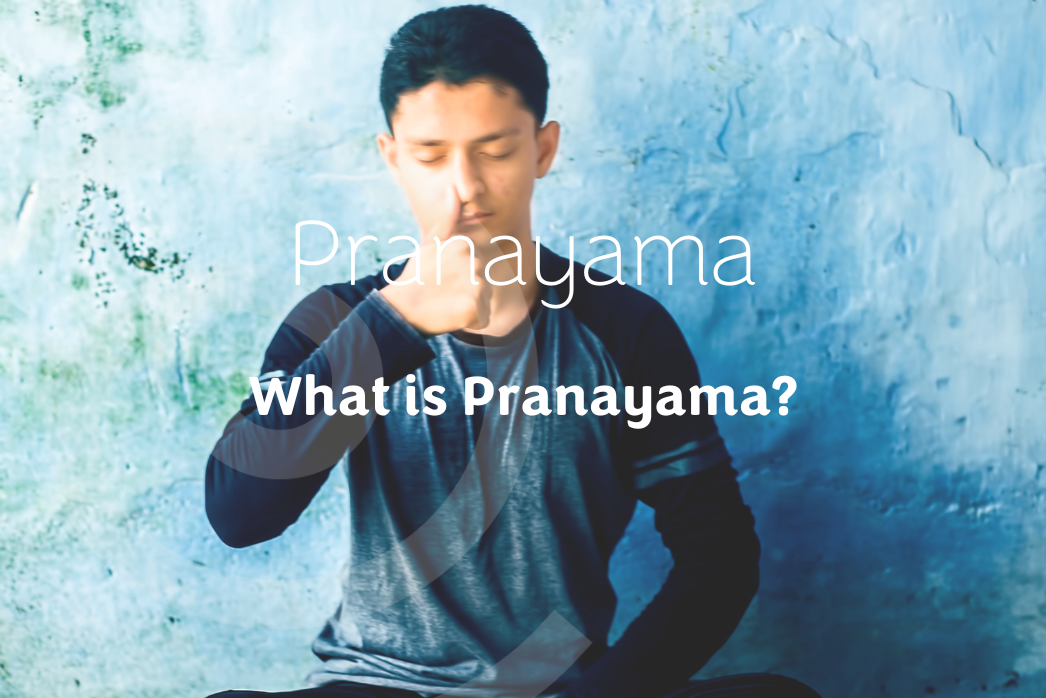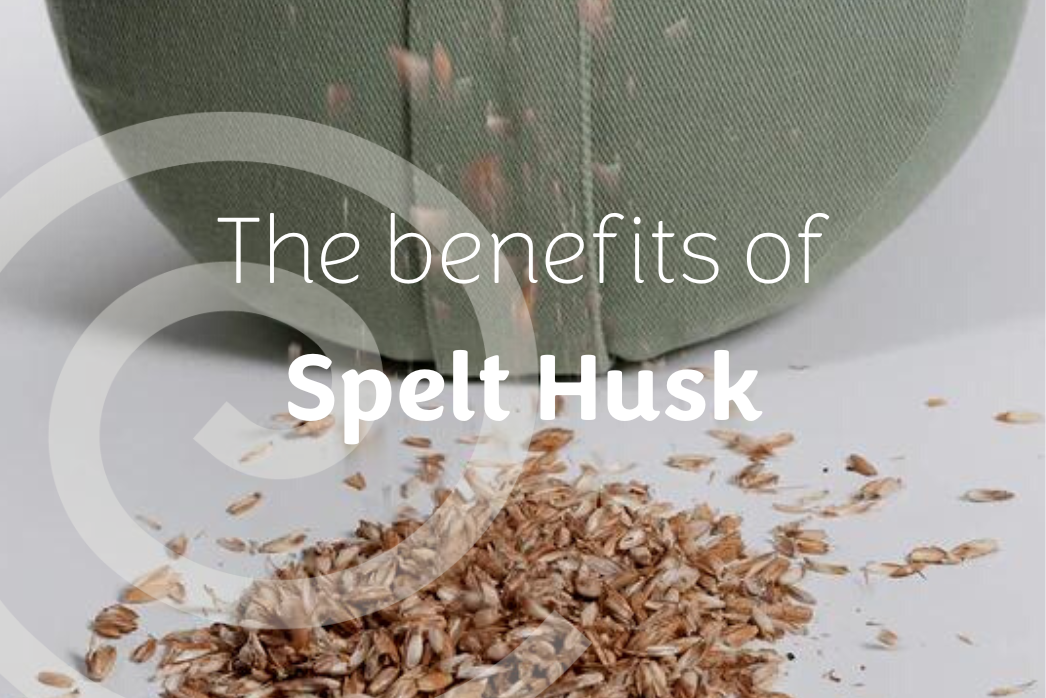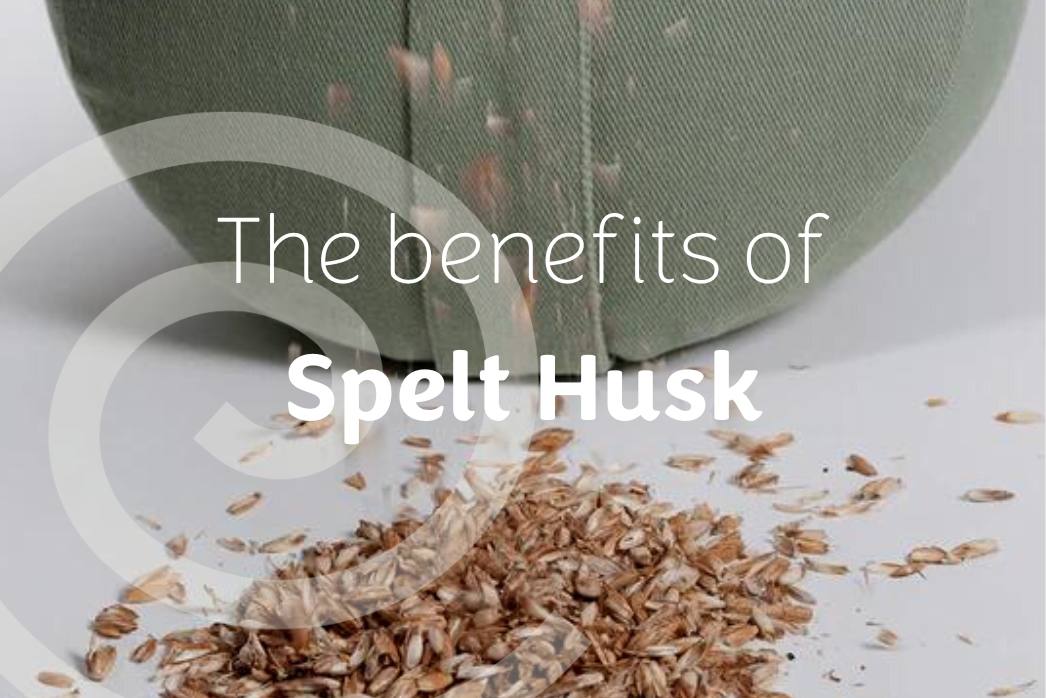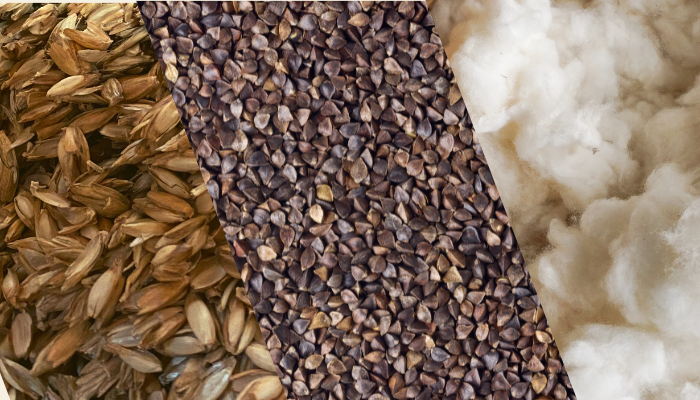What is Pranayama?

Pranayama (prah-nah-yah-muh) is often translated as breathwork, and whilst this is certainly part of it, there is more to it. The word prana is used interchangeably with oxygen or the air we breathe, however it is far more subtle than this. Pranayama, our fourth limb, is formed of two words. Prana, which means energy or vital life force; it is the life force that exists in all things, whether animate or inanimate. Ayama, which means extension or expansion. Together, pranayama is a practice where we extend or expand the life force within us. Pranayama utilises breathing to influence the flow of prana in the nadis or energy channels of the pranayama kosha (energy body).
HOW DOES PRANAYAMA WORK?
Four aspects of the breath are utilised in pranayama practices: inhalation, exhalation, internal breath retention and external breath retention. Pranayama techniques work by energising and balancing the different parts of the body where prana can become depleted or obstructed due to our lifestyles. The techniques of pranayama provide the method whereby the life force energy can be activated and regulated in order to go beyond one's normal boundaries or limitations and attain a higher state of vibratory energy and awareness.
WHY IS THE BREATH SO IMPORTANT?
Our breath is immensely powerful yet most of us are blissfully unaware of this. Think about it, our breath influences the activity of each and every cell in our body as well as our brain, arguably making it the most vital process of our body. Yet most people breathe incorrectly, using only a small part of their lung capacity. The breath is usually shallow which deprives the body of oxygen and prana which is crucial to its good health. Irregular breathing disrupts the rhythm of the brain and leads to physical, emotional and mental blocks. These can, in turn, lead to inner conflict, an unbalanced mind and disease. Pranayama establishes regular breathing patterns, breaking this negative cycle and reversing the debilitating process. It does this by giving us control of the breath and re-establishing the natural, relaxed rhythms of the body and mind.
There are a plethora of pranayama techniques, some of which I have shared here. Below, I guide you through two of them.
ABDOMINAL BREATHING
This is our default breath setting. It's how we are born breathing but due to our busy and stressful modern lifestyle we tend to breathe shallowly into our chest, especially when we feel stressed or anxious. This increases our heart rate and causes us to feel more stressed or anxious so we continue to breathe shallowly - a vicious cycle! By practicing abdominal breathing regularly we can train our bodies to breathe properly again.
You can do this pranayama with me by watching on YouTube or listening on Insight Timer (free meditation app)
- Lay on your back in savasana with your arms by your sides and your feet about mat width apart and relax the whole body
- Observe the natural breath with no alterations for couple of minutes
- Place your right hand on your belly and your left hand on your chest
- Now, imagine drawing your breath in and out from the belly - the right hand will move up with inhalation and down with exhalation whilst the left hand will stay still
- Breathe slowly and deeply - filling the belly with air as far as is comfortable for you, do not force the movement
- Continue for a few minutes, perhaps counting the breath or saying 'breathe in, breathe out' to yourself to help you focus
- Gently release your hands back to the start position and notice how you feel now compared to the beginning of the practice
There are many benefits of practising abdominal breathing regularly including:
- inducing relaxation and calm
- lowering the levels of the stress hormone cortisol in your body
- lowering your heart rate and blood pressure
- improving mood and energy levels
- helping to reduce pain
BHRAMARI PRANAYAMA (HUMMING BEE BREATH)
This technique calms and soothes the nerves, especially those around the brain and forehead, since the vibrations from the humming sound have a natural calming effect. **Do not do this technique if you have ear problems or if you are lying down.**
You can do this pranayama with me by watching on YouTube or listening on Insight Timer
- Sit in a comfortable seated posture
- Close the eyes and relax the whole body
- The lips should remain gently closed with the teeth slightly separated throughout
- Raise your arms, bend your elbows and use the index/middle fingers to close the ears gently OR use the index, middle and ring fingers to cover your eyes and the thumbs to close the ears
- Inhale through the nose and exhale slowly whilst making a deep steady humming sound
- This is one round - practice 5 - 10 rounds to begin with and slowly increase overtime
- After you finish, sit with your eyes closed for a few moments noticing any sensations that are present. Notice how how you feel now compared to the beginning of the practice
There are many benefits of practising bhramari pranayama regularly including:
- Reduces anger, anxiety and insomnia
- Strengthens and improves the voice
- Soothing effect on the mind
- Improves concentration and memory
- Builds confidence
- Helps in reducing blood pressure
I hope you enjoy these techniques and they bring you back to balance, whatever that looks and feels like to you.
With love and gratitude,
Jyoti x
(pronounced Jyo-thee)










Leave a comment